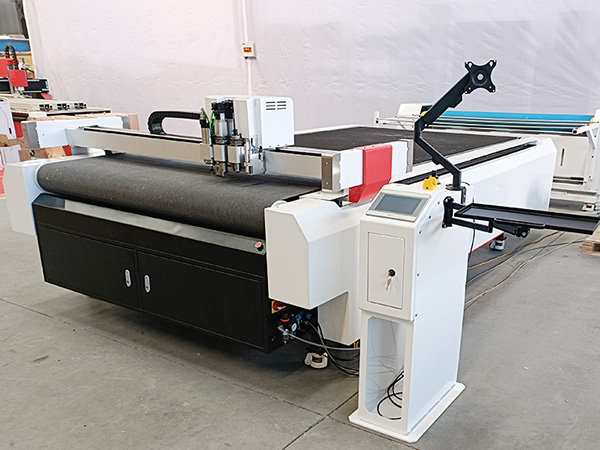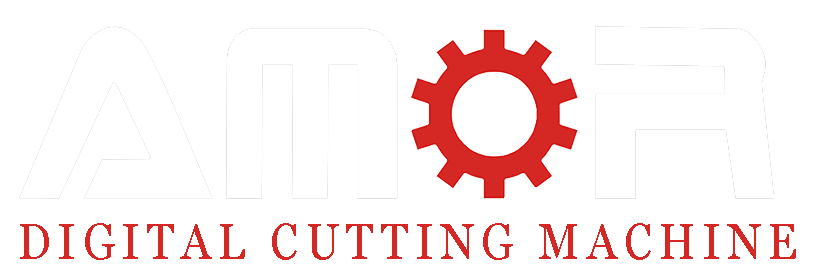Introduction
In the ever-evolving world of manufacturing, the quest for precision, efficiency, and versatility leads us to two game-changers in cutting technology: the oscillating knife cutting machine and the laser cutting machine. As an engineer at AMOR CNC, my journey has taken me deep into the capabilities and nuances of these machines. But what sets them apart, and which one is right for your project?
Oscillating knife cutting machines and laser cutting machines each have their unique strengths and applications. By the end of this exploration, you’ll have a clear understanding of their differences, helping you make an informed decision for your manufacturing needs.
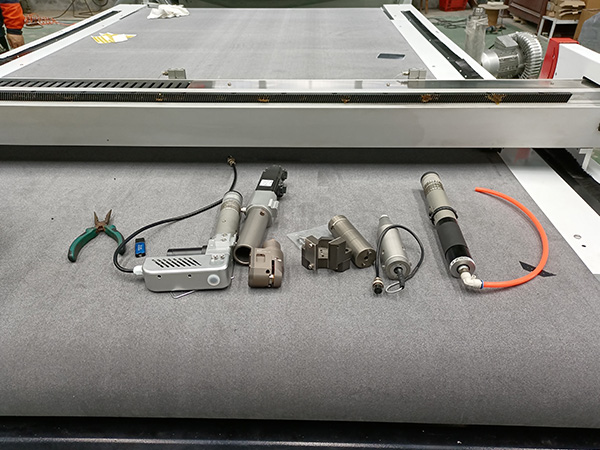
What’s an Oscillating Knife Cutting Machine?
At its core, an oscillating knife cutting machine uses a sharp blade that moves up and down at high speed, capable of cutting through various materials with precision. This technology shines when working with softer materials and complex shapes. Its precision is unmatched for textiles, foams, and composites, making it indispensable in industries such as furniture, packaging, and automotive interiors.
Its versatility and ability to deliver clean cuts without material deformation is a significant advantage. This is particularly true for materials sensitive to high temperatures, where laser cutting might not be suitable.
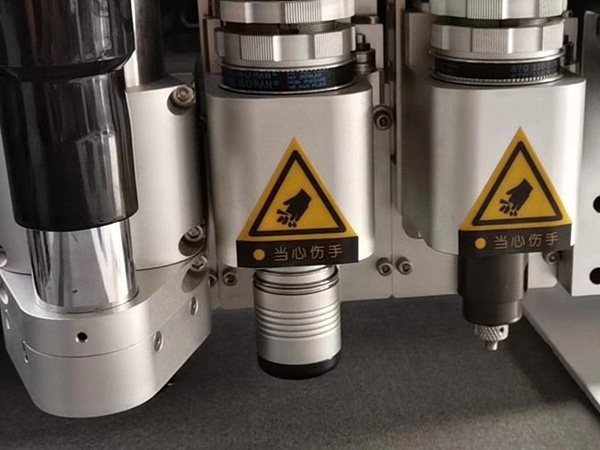
How Does a Laser Cutting Machine Work?
Laser cutting employs a focused beam of light to melt, burn, or vaporize material, offering a high precision level that’s particularly effective on metals, plastics, and wood. The laser’s intensity and heat make it ideal for projects requiring intricate details and high precision. The technology excels in applications ranging from electronics to fashion, where clean, precise cuts are paramount.
The laser cutting machine’s ability to handle a wide range of materials and thicknesses with minimal waste and exceptional accuracy makes it a favorite for many industries.

Precision and Quality
When it comes to precision, both machines offer exceptional capabilities, but the nature of their technology leads to different outcomes in finish quality. The oscillating knife provides a mechanically cut edge that is perfect for soft materials, leaving a clean, burr-free edge. In contrast, laser cutting can produce a slight heat-affected zone, especially on thermally sensitive materials.
However, for metals and harder materials, the laser’s precision and ability to produce polished edges without additional processing stand out.

Speed and Efficiency
Speed is where laser cutting often takes the lead, especially for simpler shapes in materials like metal or thin plastics. Its ability to cut quickly and with minimal setup changes makes it highly efficient for large-scale production runs. However, the oscillating knife doesn’t lag far behind, especially with advancements in toolpath optimization and machine speeds. It excels in efficiency when cutting complex patterns in softer materials, where lasers might overkill.
Choosing between the two often comes down to the material being cut and the complexity of the designs.

Material Compatibility
One of the most significant differences between these two machines is the range of materials they can handle. The oscillating knife is a champion for softer, more flexible materials that might be damaged by the heat of a laser. Think fabrics, foams, and corrugated materials. On the other hand, the laser cutter’s intense heat makes it perfect for metals, plastics, and wood, offering versatility across a broader range of industries.
Understanding the material properties and how they interact with these cutting technologies is crucial for optimal results.

Safety and Environmental Impact
Safety always comes first in any manufacturing environment. The oscillating knife cutting machine is generally considered safer due to its lower risk of producing fumes or fires, as it doesn’t involve intense heat. Conversely, laser cutters require strict safety measures, including eye protection against harmful light and adequate ventilation to remove toxic fumes.
Environmentally, the oscillating knife has a lower impact, producing less waste and emissions compared to the laser cutter, which can generate gases and particulate matter from vaporized materials.
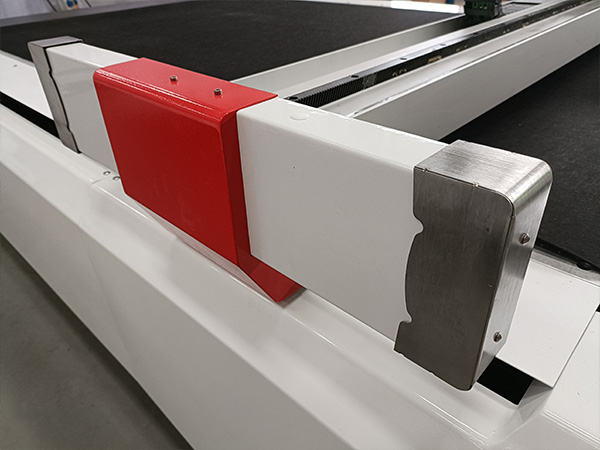
Cost Comparison
Cost considerations include not only the initial investment but also running costs and maintenance. Generally, oscillating knife cutters can be less expensive to purchase and operate, particularly for businesses focusing on non-metal materials. Laser cutters, while more costly upfront, justify their price with versatility and speed, particularly for metal cutting applications.
**Evaluating the total cost of ownership, including maintenance and operational expenses, is key to making a cost-effective decision
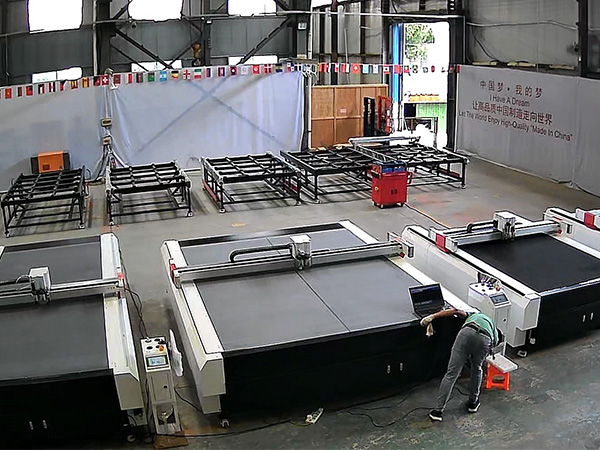
Conclusion: Do you need a laser cutter or a CNC for your project?
Choosing between an oscillating knife cutting machine and a laser cutting machine depends on your specific needs.
If you work with soft, flexible materials like textiles or foam, the oscillating knife is ideal for its cold cutting precision without damaging the material. For harder materials, such as metals and plastics, or when requiring intricate cuts, the laser cutter’s ability to deliver high precision and clean edges is unmatched. Consider material type, desired precision, and operational costs when deciding. Ultimately, the right choice aligns with the materials you predominantly work with and the specific requirements of your projects.

